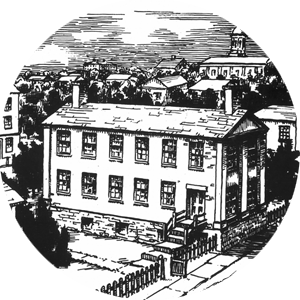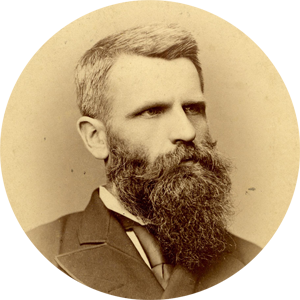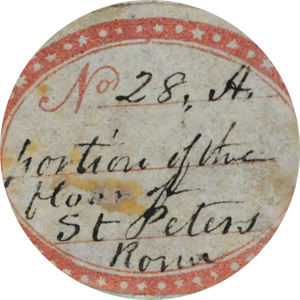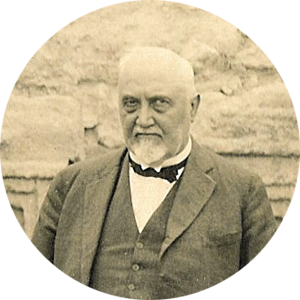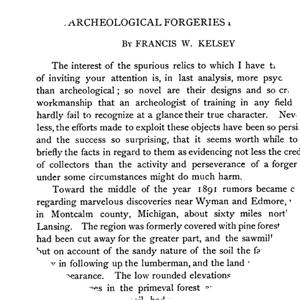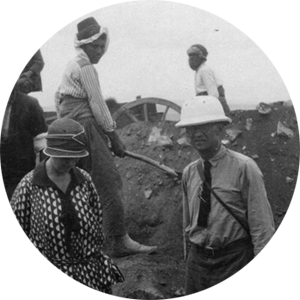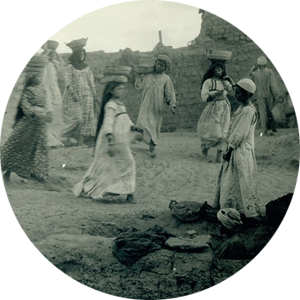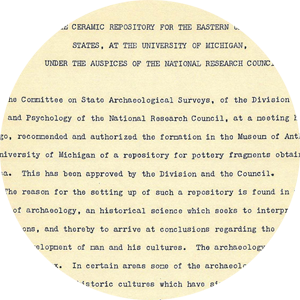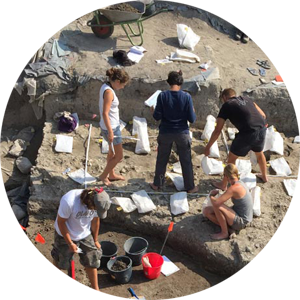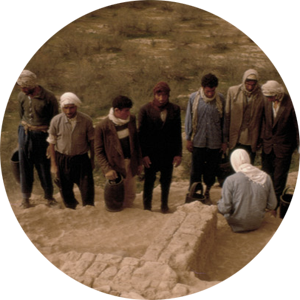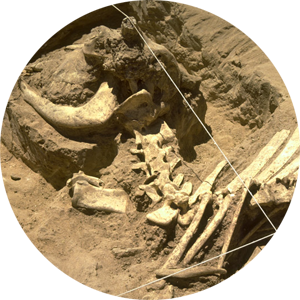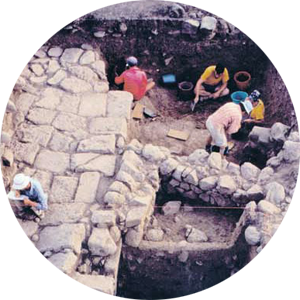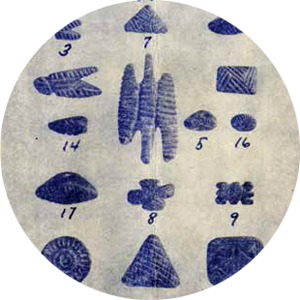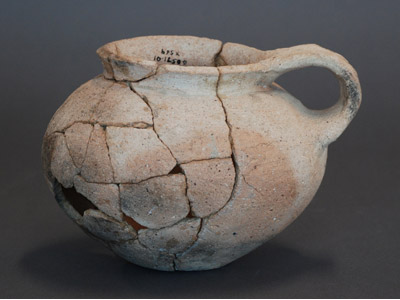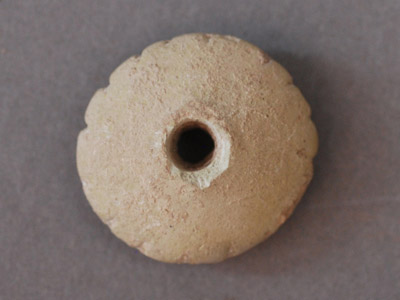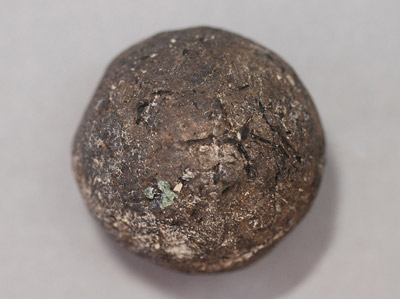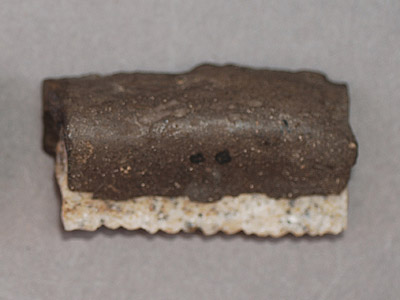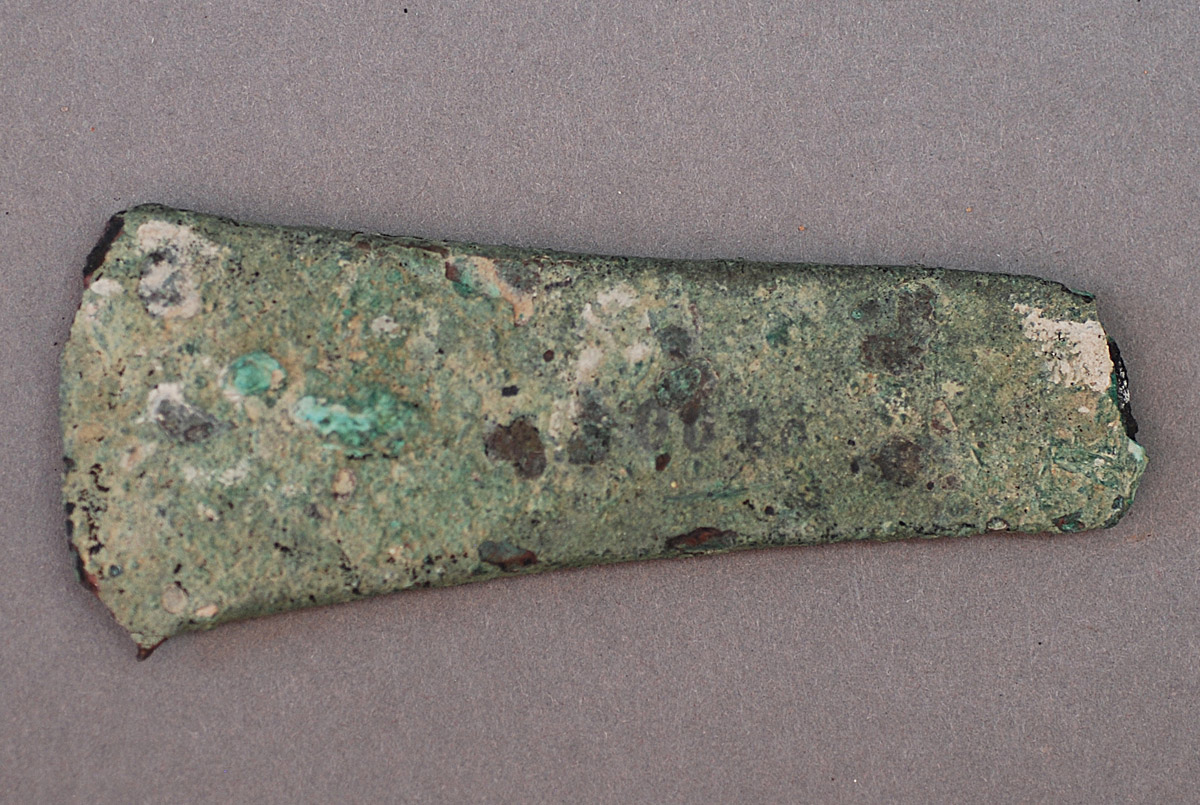Early States in Southwestern Iran: Tepe Farukhabad Excavations

Henry Wright, a curator in the Museum of Anthropology, conducted regional surveys and excavations in southwestern Iran in the 1960s and 1970s. His seminal work laid the foundations for new theoretical approaches to researching the origins and organization of the world’s earliest states.
One of the settlements Wright excavated was Tepe Farukhabad, a small town on the Deh Luran Plain on the northeastern fringes of Mesopotamia. Excavations of Early Uruk deposits (early 4th millennium BC) revealed a settlement of small mud-brick houses. Artifacts included blade tools, grinding stones, and ceramic bowls and jars. Imported goods and clay administrative artifacts provided evidence that the town’s inhabitants participated in economic and political networks.
By the middle of the 4th millennium BC (the Late Uruk period), some of the town’s 300-plus inhabitants were producing chipped stone tools, bitumen, and animal products for export. Ceramic rationing bowls and nonresidential architecture indicate that a central institution controlled their labor. It is likely that in this period Tepe Farukhabad and the Deh Luran Plain came under the rule of a powerful state. Wright’s research demonstrates how states formed and expanded and the wide-ranging consequences of these processes.
Selected Objects
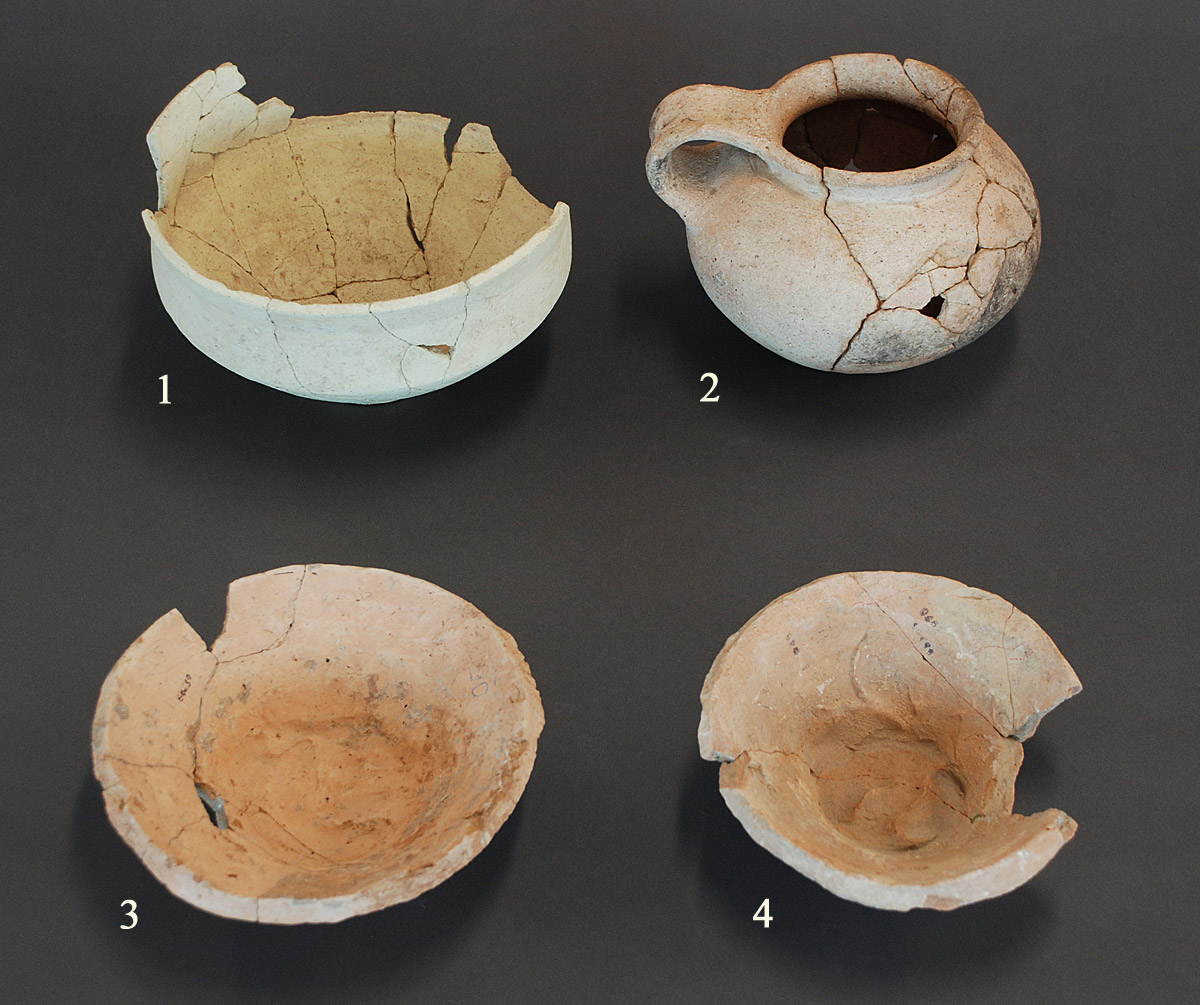
- 1. Bowl 2. Jar with vertical strap handle 3, 4. Bevel-rim bowls
- Earthenware
- 3800–3450 BC
- Tepe Farukhabad, Deh Luran Plain, Iran
- UMMAA Expedition
- 1. UMMAA 60578 2. UMMAA 60571 3. UMMAA 60837 4. UMMAA 60498

- Spindle whorls
- 2, 3. Ceramic 1, 4, 5. Earthenware
- 1. 4000–3800 BC 2, 5. 4600–4400 BC 3. 5500–4800 BC 4. 4050–3800 BC
- Tepe Farukhabad, Deh Luran Plain, Iran
- UMMAA Expedition
- 1. Field no. x342 2. Field no. x0628 3. UMMAA 60191 4. UMMAA 60594 5. UMMAA 60259

- 1, 3. Bitumen balls 2. Sealing
- Bitumen
- 1. 3800–3450 BC 2. 2900–2700 BC 3. 4600–4400 BC
- Tepe Farukhabad, Deh Luran Plain, Iran
- 1, 3. UMMAA Expedition 2. Unknown
- 1. UMMAA 60555 2. Field no. x0138 3. Field no. x0635
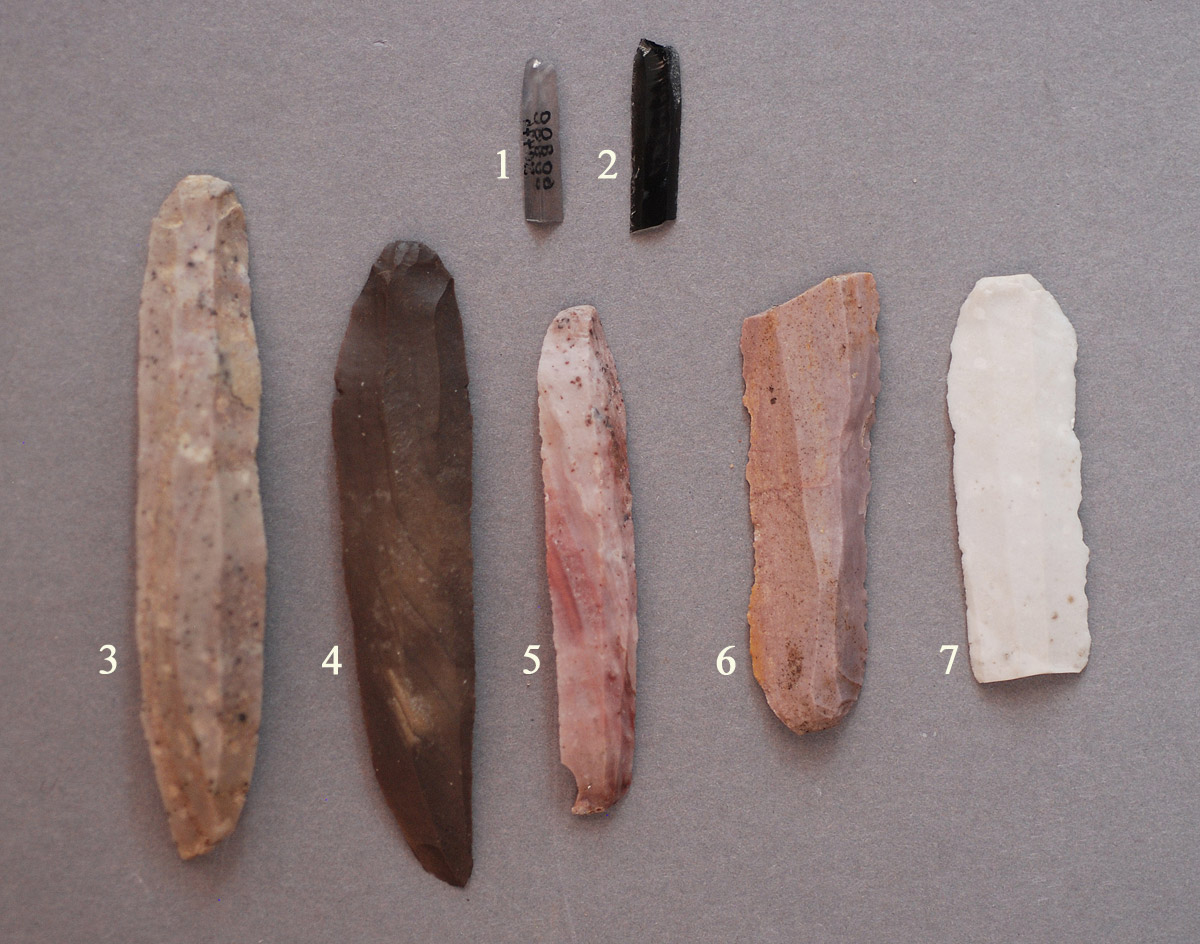
- Blades
- 1. Quartz crystal 2. Obsidian 3. Medium gray chert 4. Dark brown chert 5. Heat-treated fine white chert 6. Heat-treated fine gray chert 7. Fine white chert
- 1, 3, 4. 3800–3450 BC 2. 4000–3800 BC 5, 6, 7. 4600–4400 BC
- Tepe Farukhabad, Deh Luran Plain, Iran
- UMMAA Expedition
- 1. UMMAA 60800 2. UMMAA 60582 3. UMMAA 60783 4. UMMAA 60542 5. UMMAA 60651 6. UMMAA 60690A 7. UMMAA 60694D
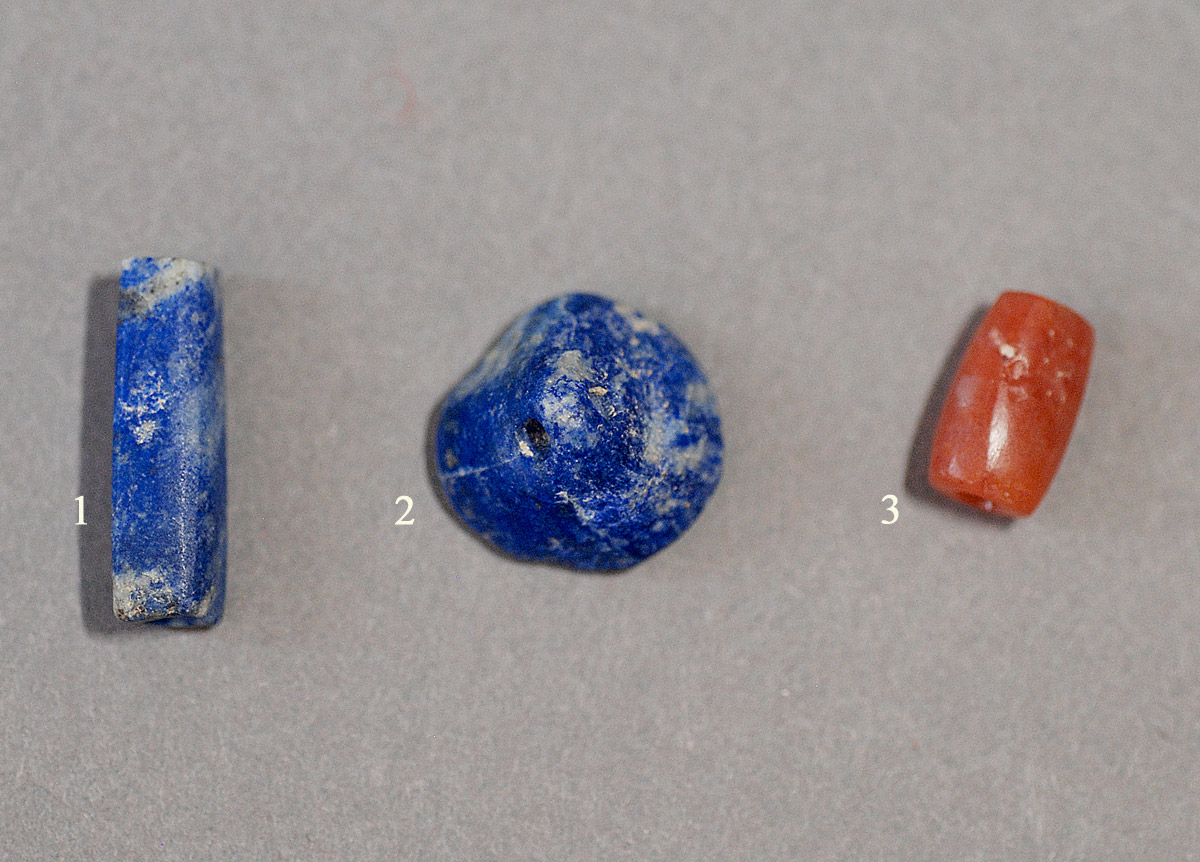
- Beads
- 1, 2. Lapis lazuli 3. Carnelian
- 1. 2700–2600 BC 2, 3. 2900–2700 BC
- Tepe Farukhabad, Deh Luran Plain, Iran
- UMMAA Expedition
- 1. Field no. x044 2. UMMAA 60109 3. UMMAA 60140

- Bitumen-hafted sickle blade
- Medium gray chert, bitumen
- 2700–2600 BC
- Tepe Farukhabad, Deh Luran Plain, Iran
- UMMAA Expedition
- UMMAA 60101
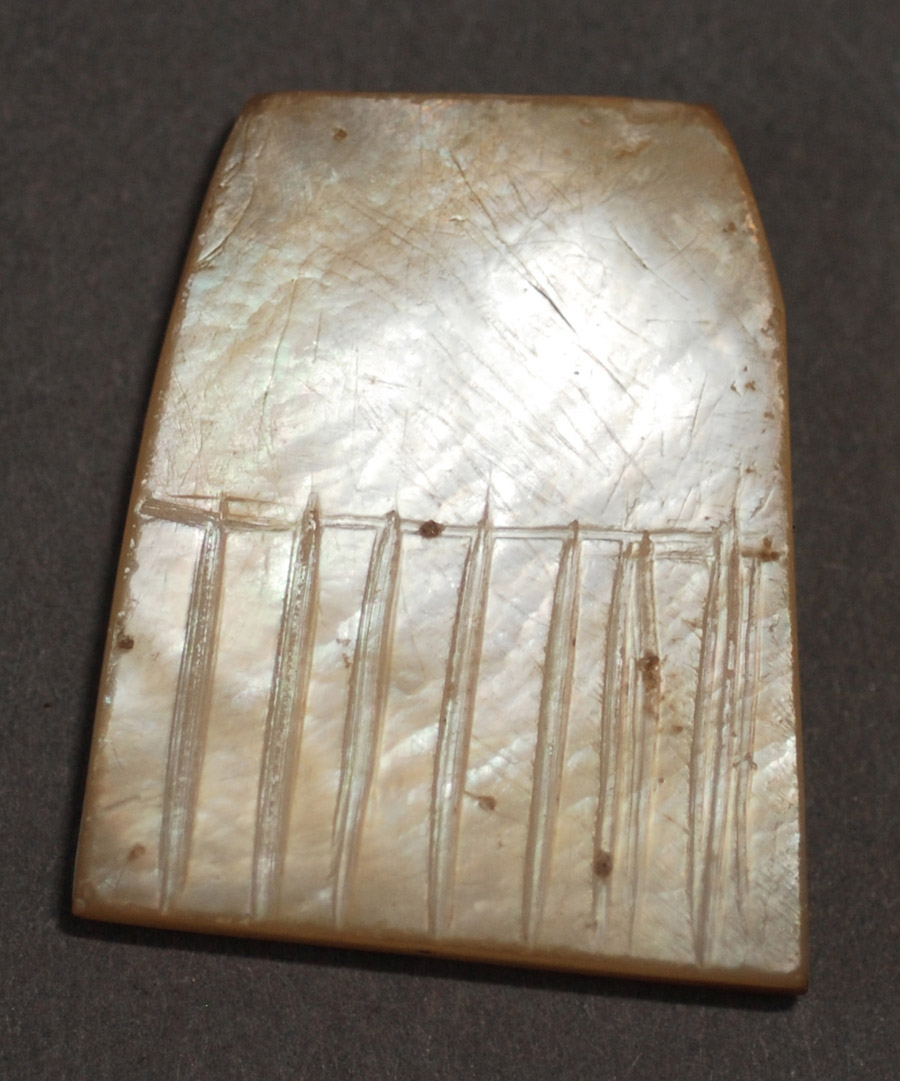
- Inlay
- Mother-of-pearl from Mytilus edulis
- 3800–3450 BC
- Tepe Farukhabad, Deh Luran Plain, Iran
- UMMAA Expedition
- UMMAA 60803
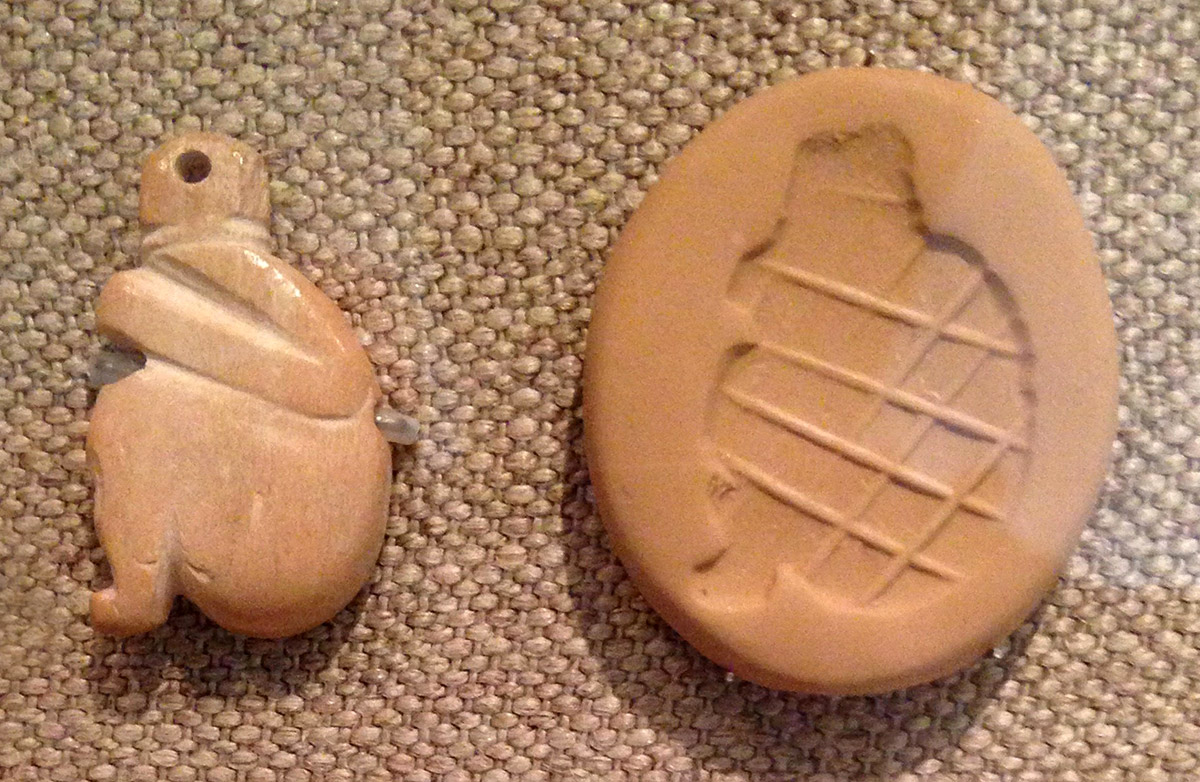
- Seal of squatting human or animal figure
- Mammal bone
- 3800–3500 BC
- Tepe Farukhabad, Deh Luran Plain, Iran
- UMMAA Expedition
- UMMAA 60798

